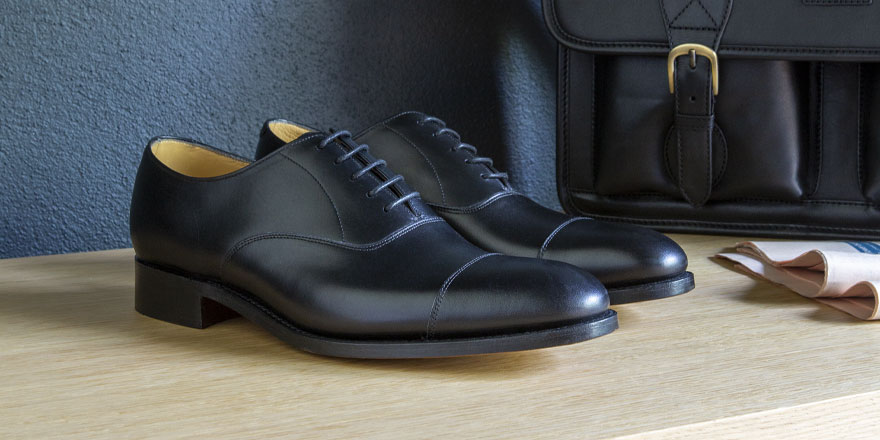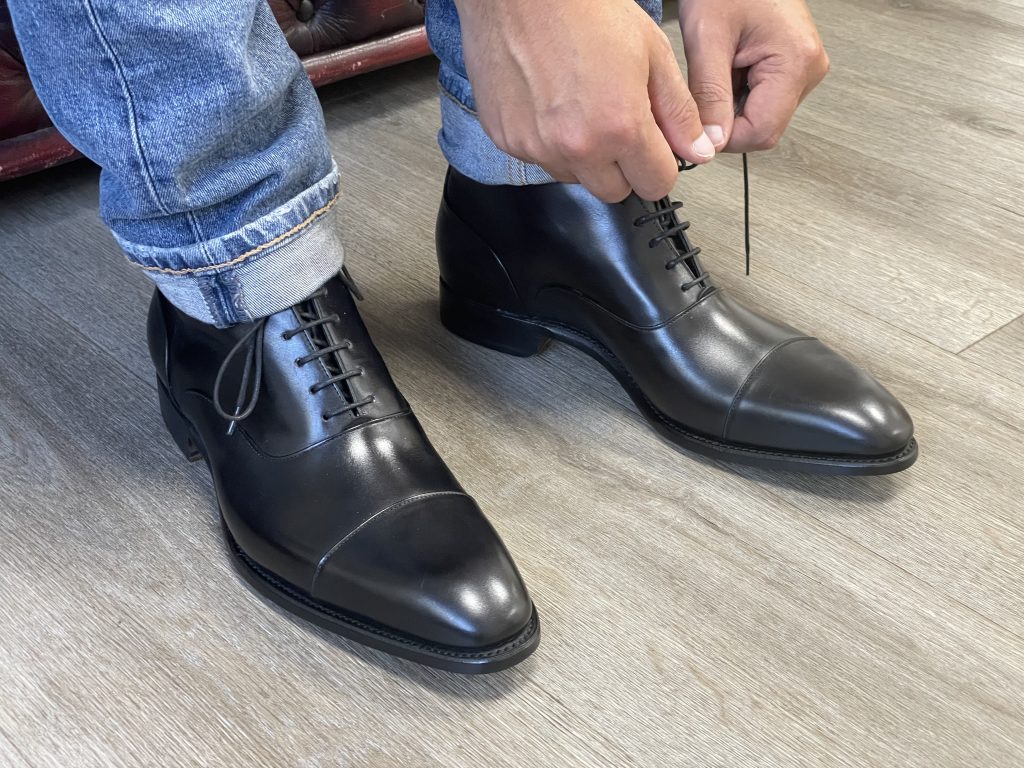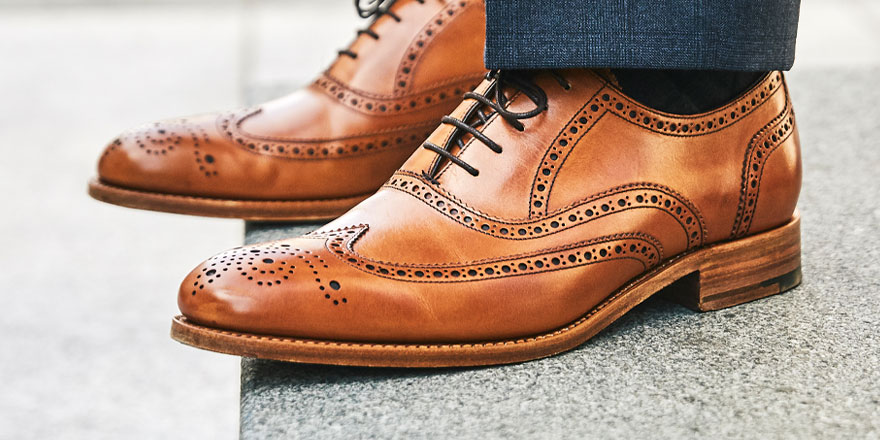Shoe fans across the globe will be gasping with horror at the thought of anyone not knowing what an Oxford is, but the fact is not everyone does know, and it matters when it comes to choosing the right shoe for you or the occasion.

Let’s have a little history first. It will not surprise you to learn that Oxfords originated at Oxford University. Students gradually cut down their boots to leave themselves with a shoe. There is an alternative school of thought that the Oxfords originated from the royal family. While Queen Victoria was gadding about in Chelsea boots, Prince Albert was padding around Balmoral Castle in a laced, light-weight shoe alternative to hunting boots. As a result, Balmoral is an alternative name for the Oxford, especially in the US. The key to Oxfords is the lacing. Laces replaced buttons in the Victoria era and although they were met with a little bit of suspicion at first for being too feminine, laced shoes are the norm these days.

But it’s not just about the laces, otherwise all laced shoes would be Oxfords; the eyelets (the holes the laces go through in loose terms) are just as important. An Oxford’s eyelets go through the vamp. Vamp is just the traditional name for the part of the shoe that goes over the top of the foot. So, translating from geek-speak to English, an Oxford has holes for laces that go straight through the top of the shoe. This creates a classic and elegant look as there is minimal extra silhouette created from the side. With the facings (the area the eyelets are set) flat to the top of the shoe, it looks like they are a continuation of the vamp, so they look seamless and sleek, which makes them very popular as a formal shoe to wear with suits for work or at weddings, funerals, and other social gatherings. Don’t think Oxford lacing only applies to shoes though, some of the most stylish boots are Oxford laced. The slim silhouette makes a tall boot look elegant even in a formal setting.

In summary, if a shoe has a simple ‘v’ shaped slit in the top of the shoe, with holes for laces either side that pull together, then you can call it an Oxford. Importantly it can be many styles such as wholecut, semi-brogue or brogue and still be an Oxford. It has nothing to do with the toecap, as is often assumed and the source of more than a little frustration at Herring Towers when incorrectly used in a famous line from the Kingsman movie. When the line, “Oxfords not brogues” is uttered it makes me cringe as they are not opposites. The quote should be “Oxford toe-cap not brogues”, to make shoe-sense, as there are many Oxford brogues! End rant…
If you have managed to make sense of that then I hope you are looking forward to the next instalment on the Derby or Gibson shoe when the facings are stitched on top of the vamps.